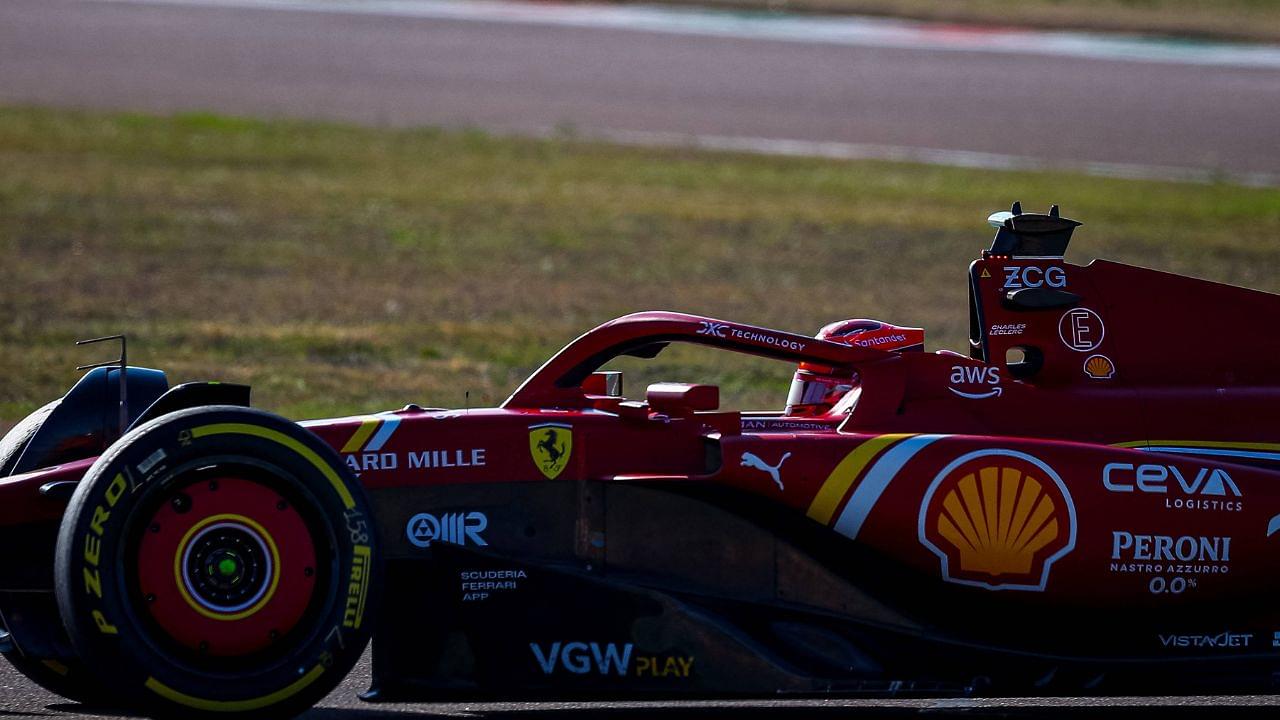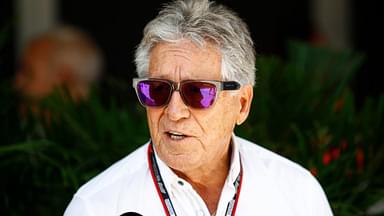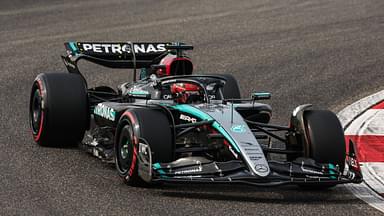The sport of F1 is as technical as any other and consists of a lot of complicated terminology. An F1 car’s parts make up for most of these technical terminologies. An example of the same is ‘push’ and ‘pull’ rods, which feature on each car. But what exactly are they, and what purpose do these rods serve?
Simply put, these rods play a role in the car’s suspension. They are essential in managing the car’s interaction with the bumps on the track. Furthermore, they help in maximizing tire contact with the tracks to ensure maximum power output from the car.
Geometry and Center of Gravity play crucial roles in choosing between the two. A pull rod results in a flex in droop, which leads to the wheels going down. Meanwhile, a push rod leads to a flex with the wheel in bump, meaning the wheels go up.
However, before diving deeper into the mechanics of both rods, it is important to understand the suspension of an F1 car.
What is suspension and why is it important in F1?
Much like real-world roads, F1 tracks have a lot of bumps and kerbs on them. Tires run over it, and force is applied to the wheels. Suspensions are important to manage the feedback and ensure smooth sailing for the drivers. Without suspensions, the tires would effectively be attached directly to the car’s chassis.
As such, any impact would directly send feedback to the car’s body. Not only will this make for an extremely unpleasant ride, but will also result in uncontrollable bouncing of the car. The bouncing, in turn, will lead to a lack of tire grip on the track, potentially resulting in crashes.
On an F1 car, several points connect the wheels to the chassis. ‘Wishbones’ feature on the top and bottom, sloping diagonally when stationary. Between these wishbones, there is a suspension rod, which runs from the top of the wheel uprights to the springs. The entire setup makes up for an F1 car’s suspension.
Suspensions allow the kinetic energy to be stored by a spring known as a ‘torsion spring.’ The force from bumps compresses springs and allows tires to continue gripping the track. However, should a driver take too much kerb, it leads to their cars momentarily taking off.
What is the difference between push rod and pull rod?
Pull rods first entered the F1 grid back in the 1970s. Brabham’s Gordon Murray introduced the concept, seeing the need for the cars of the day. Formula-1 Dictionary explains these rods have a strut from the outer end of the upper wishbones running diagonally to the lower end of the chassis. It ‘pulls’ a rocker to operate the spring.
The advantage of pull rods lies in the possibility of making a car’s ride height lower. A lower height results in a lower center of gravity, allowing a car to hug the tracks close.
Push rods, meanwhile, do the exact opposite. The strut runs from the lower wishbone to the upper edge of the chassis. Impacts ‘push’ the rocker that operates the spring in this scenario. With push rods, the cars run relatively higher off the ground, allowing them to not take as much plank wear as the cars of old.
Most modern F1 cars are now switching to push rods. Given the high nose of the latest cars, it is almost impossible for teams to locate a rocker low enough in the chassis to use pull rods and have the correct geometry. Hence, a push rod is the way forward.
Which is better?
A multitude of factors play a role in a team deciding upon which type of rod to use in their suspension setup. Access to the technology, complexity of the task, and cost are all contributing factors. However, none of them are as important as a car’s aerodynamic setup. The use of a specific rod depends on the team’s aerodynamic vision for their car.
While the nose makes it difficult to implement a pull rod, a push rod ends up restricting access to some other components of the car. As is the case with any other component on the car, changing or altering the setup of the rods results in a knock-on effect and alters the behavior of the car. As such, the better choice once again boils down to the team’s vision for their car.




